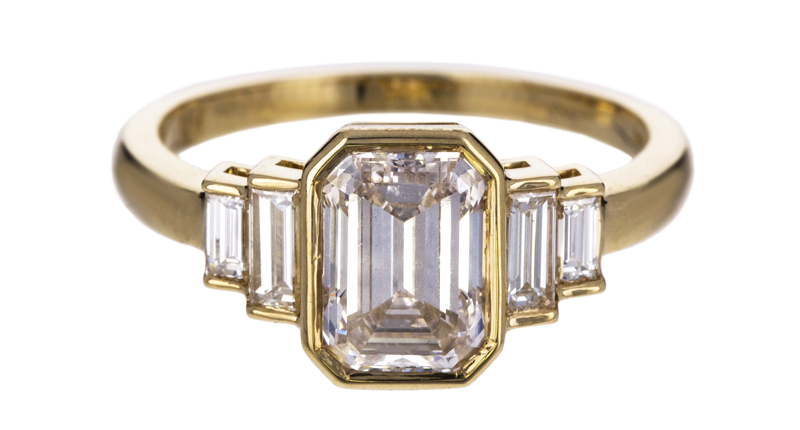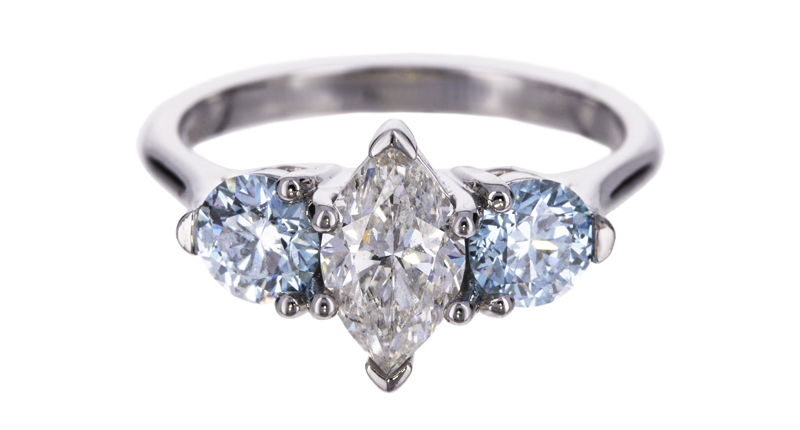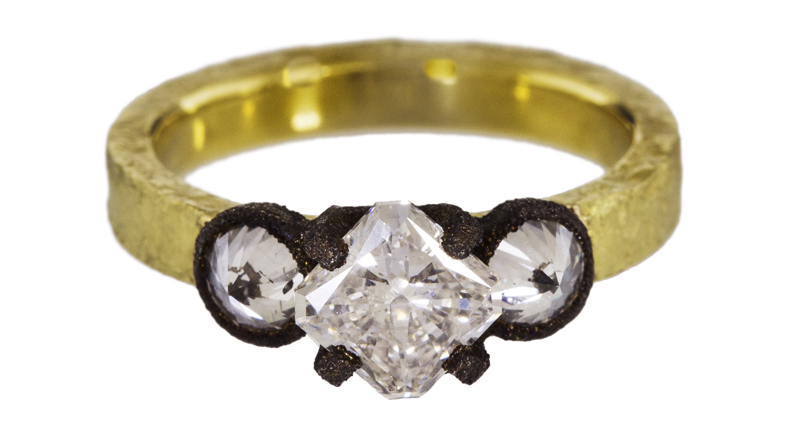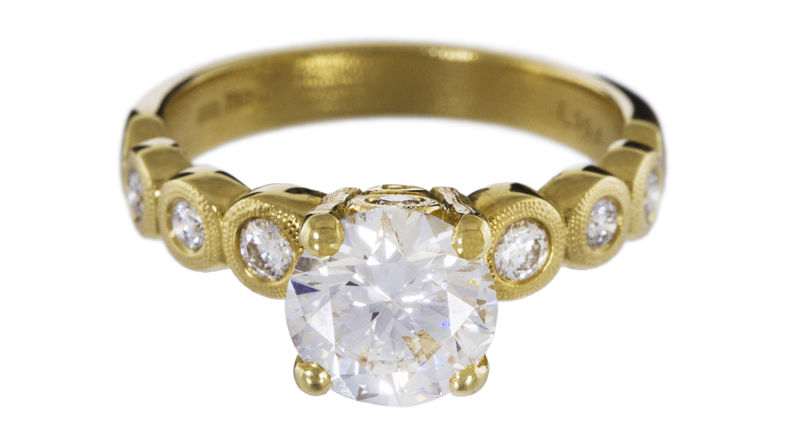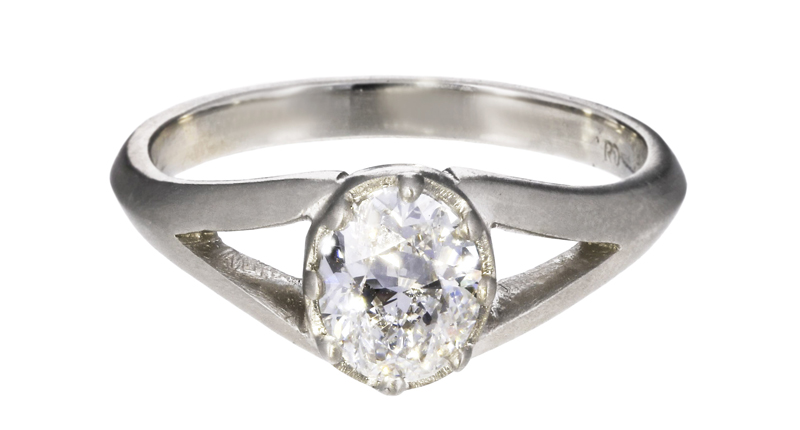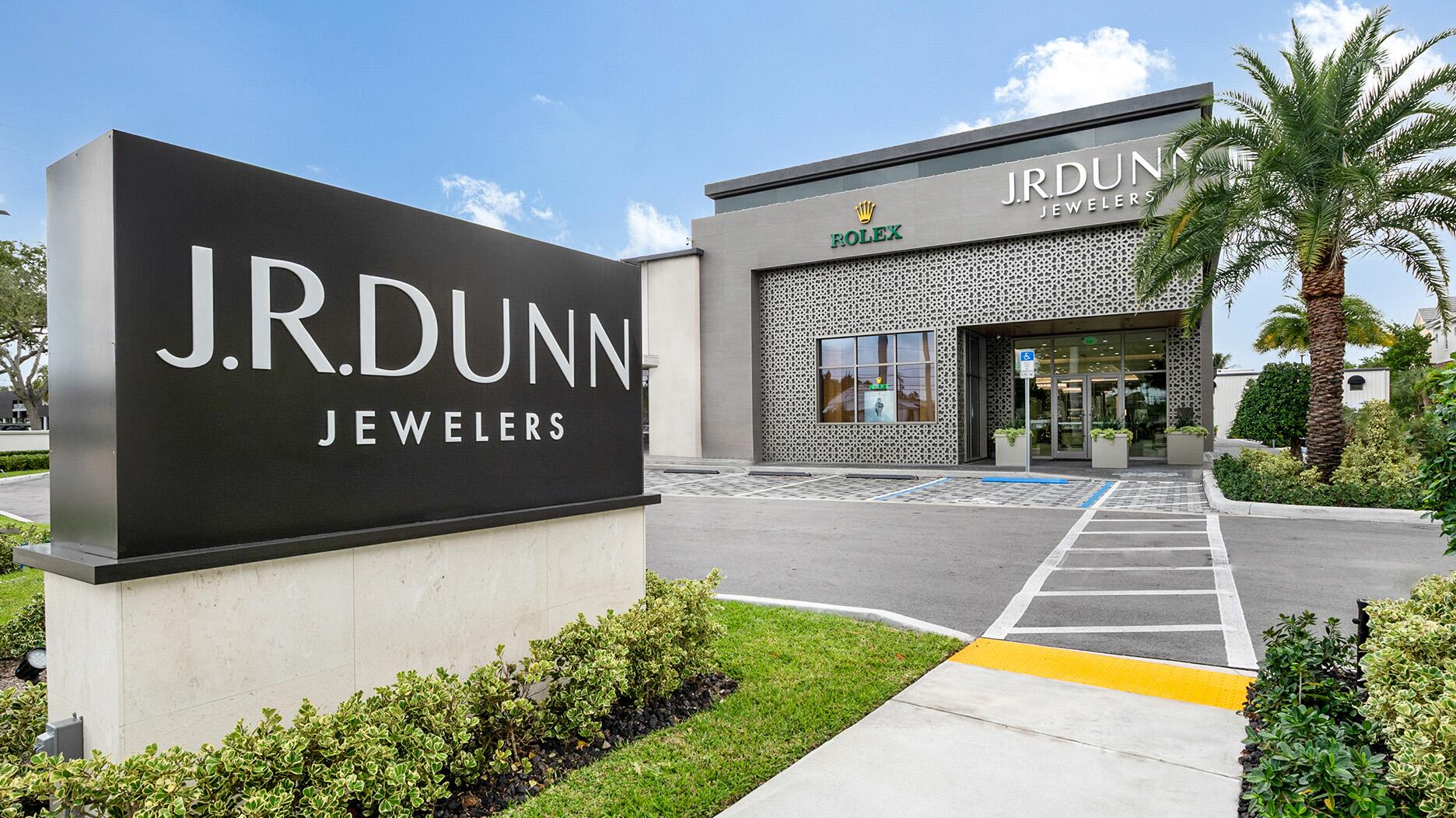The new pink sapphire version of the piece dances with its wearer in the brand’s “Icons After Dark” holiday campaign.
Why Twist Decided to Sell Lab-Grown Diamonds
The jewelry store’s owner, Paul Schneider, talks about this decision and the role man-made diamonds will play in the industry going forward.

Portland, Ore.--Lab-grown diamonds are continuing to make their way into the contemporary design arena.
San, Francisco-based Diamond Foundry has partnered with renowned jewelry retailer Twist, which has stores in Portland, Oregon and Seattle, on a selection of engagement rings featuring the former’s man-made stones.
Diamond Foundry is, arguably, the buzziest of the man-made diamond companies.
It was founded in 2012 by Silicon Valley entrepreneur R. Martin Roscheisen, who, among many other ventures, co-founded and served as CEO of a solar power company. In 2015, well-known actor and environmental activist Leonardo DiCaprio, who starred in 2006’s “Blood Diamond,” and several billionaires invested in the company.
Roscheisen transitioned from harnessing the power of the sun for energy to creating a controlled high-heat environment to simulate a diamond’s natural underground formation. At the company’s San Francisco facility, his team of engineers utilize intense heat from specially designed plasma reactors to grow diamonds from a tiny base slice of a mined Canadian diamond.
The results are real diamonds that are man-made.
Last year, Diamond Foundry launched a capsule collection at Barneys New York.
Now, the company is partnering with Twist on a range of one-of-a-kind bridal rings from jewelry designers that Twists carries: Alex Sepkus, Anna Sheffield, Rebecca Overmann, Single Stone and Todd Pownell.
The collection has been stocked at the Portland boutique for the last few weeks and is available online, though only 13 styles remain, with Twist Owner Paul Schneider explaining that “three or four” have already been sold and removed from the site.
The rings start at $6,038 and top off at $15,345.
“I’m really impressed with how the Diamond Foundry is really trying to focus on the designer jewelry market rather than just produce stuff for mass consumption,” said Schneider.
“They sought us out because they knew that they wanted to be in this market that’s less traditional.”
National Jeweler spoke with Schneider about why he decided to start carrying lab-grown diamonds and what place he sees them occupying in the jewelry industry in the future.
National Jeweler: Why did you decide to start carrying lab-grown diamonds?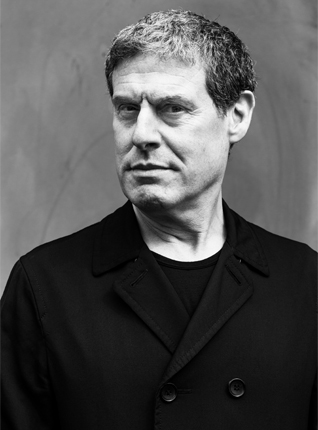
Diamond Foundry approached us, and it was at a time when I was thinking, “We have to start finding out about (lab-grown diamonds) and see where it connects with what we’re interested in doing.”
NJ:
PS: I didn’t know them at all. I knew about man-made diamonds and I had been investigating them but I didn’t know anything about the company until they called.
NJ: What are your concerns with carrying lab-grown diamonds, if any?
PS: I don’t really have any concerns. I think it solves some problems and creates some other problems.
I think it’s a great alternative for a retail store like us to carry. I’m not interested in only selling lab-grown diamonds, but I think it’s a really great option that the public is very interested in.
NJ: How did you decide which of your designers to partner with?
PS: We have designers who really have no interest in working with other people’s stones or having any involvement from me, or any customer being involved in their creative process, so there were definitely some designers who I had to eliminate that I would have liked to include, but they’re artists and they don’t want that input.
So I was looking for people who we were working with in the bridal category who I thought were open to the process and open to the product.
NJ: What were their reactions to the project?
PS: With the group I ended up with, everybody was like, “Oh, let’s do it.” There was no hesitation at all.
I think they were similar to me in that they were intrigued by man-made diamonds, but none of them had really gone anywhere with the concept yet.
I did talk to a couple of people who said no, but the ones who said yes did so immediately.
NJ: What place do you see lab-grown diamonds having in the jewelry industry?
PS: It’s inevitable that it’s going to occupy a very big place in the industry; right now, it’s really just getting started.
I think the main draw is price.
We’re finding that the prices are about 30 percent below the market price for a similar-quality mined diamond. We have not yet had one customer reject the idea of a lab-grown--it doesn’t necessarily mean they bought one but no one has said, “I have no interest. I want my diamond to come from the ground.”
Not one person said that.
NJ: What kind of education does this collaboration require for consumers? What is your strategy for introducing your customers to what a lab-grown diamond is?
PS: We’ve been well trained by Diamond Foundry. They gave us a really great training session, but it’s not that difficult to understand. The concept is pretty basic. They’re made in California. They’re grown from a diamond chip. They’re real diamonds; you can’t tell it’s lab-grown just from looking at it.
The cuts Diamond Foundry does are really high quality; they have really good cutters so that was very attractive to us.
Most people who are dealing with buying a diamond ring are doing it for the first time so they’re pretty open to hearing this kind of pitch. It’s not like we’re trying to trick them in any way. We try to be really clear about what the difference is between man-made and mined diamonds and let them make the decision.
People are interested.
On the other hand, I’ve had designers tell me, “I’m not interested in working with those because my jewelry is about everything that has to do with the romance of the experience and the romance of the object and the materials it’s made of, and I don’t want to use a lab-grown diamond. It doesn’t feel like me.”
NJ: Diamond Foundry has received some criticism for the way it communicates its product, and for championing the use of terms like “cultured diamonds,” which isn’t currently approved by the FTC. What are your thoughts on this, and does it affect how you will present products to the public?
PS: I think that you have to be absolutely transparent.
Like I said, it’s not that difficult so there’s no reason for us to try to romance the introduction by using more flattering terms. I would not call them cultured at all. I would just say they’re lab-grown. That might be a little clinical but that’s what they are--man-made.
I think some people see that as an advantage and I have no interest in trying to create any kind of gray area where they didn’t realize they’re getting a man-made diamond. That’s not good. I wouldn’t use the world cultured. I haven’t seen Diamond Foundry using it, but I wouldn’t like that.
NJ: Your website clearly indicates when a stone is lab-grown in this collection.
PS: We’d like to do even more in regards to education on our website. Information reassures people.
NJ: At what point does lab-grown come up in the sales conversation?
PS: That’s a good question. Occasionally, we’ll have someone come in and say things like, “Well I’m not really interested in a diamond; I have problems with their origin.” That obviously triggers a conversation: “Maybe you’re interested in these because these are made in California; they’re man-made diamonds.”
Otherwise, we don’t have many of these lab-grown styles and we keep them in their designer collections but it comes up immediately. If someone says, “I want to look at a Todd Pownell ring, what about that one?” We’ll say, “Well that one is really interesting because that’s a man-made diamond so it is different than these others.”
I think it’s an asset and an interesting point for someone in pursuit of a diamond ring. It’s not like they’re going to walk in looking for a wedding ring and we say, “Oh, we have man-made diamonds.” But as they get more specific and as they’re looking at pieces, it will definitely come up immediately.
NJ: Do you think a lab-grown might resonate particularly with the Twist customer or is it hard to say?
PS: It’s really hard to say. We don’t sell loose stones, and we don’t really do a lot of remounts. Our business is really about the designer and artist producing this beautiful thing and trying to get a connection to a specific designer. We start with the creative side and man-made diamonds are something that just I think are a really great alternative. I think someday it will not be an alternative (but a significant source of diamonds).
As more and more of the industry becomes aware of man-made diamonds and there’s competition in that business, the prices are going to continue to drop and I don’t know how the mined diamond industry is going to react but it will have an effect on them.
As prices drop with competition, more and more designers are going to realize if they have a ring with a 1-carat mined diamond and it’s $10,000 retail and they have a ring with a Diamond Foundry 1-carat diamond and it’s $7,000 retail and the stones look exactly alike, which one will their customer want?
I have concerns about what this is going to do for the million people who work in the diamond industry in Africa, and I don’t think this is going to help. It’s not going to raise their pay, and I don’t think there are a lot of industries waiting in line for these people.
The Latest

A choice that’s generated a lot of commentary, Pantone says “Cloud Dancer” marks a fresh start and encourages relaxation and creativity.

The manufacturer’s holiday campaign features a gift guide filled with trending designs and jewelry that can be personalized.

How Jewelers of America’s 20 Under 40 are leading to ensure a brighter future for the jewelry industry.

The man was charged with theft, accused of ingesting the necklace while in a jewelry store in Auckland, New Zealand.

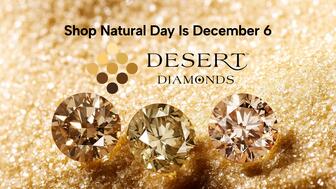
Sponsored by De Beers Group
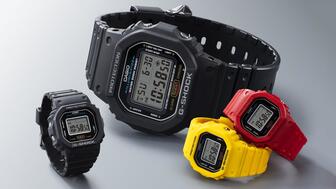
The classic 5600 series G-Shock has been scaled down to about a tenth of its size, becoming a fully functioning watch ring.

Roseco’s 704-page catalog showcases new lab-grown diamonds, findings, tools & more—available in print or interactive digital editions.

The association’s annual conference and gala will take place Feb. 4, 2026, during the Tucson gem shows.
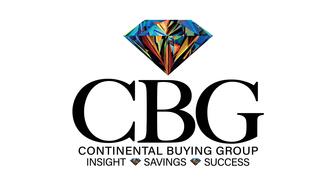
The January show will include a workshop for jewelry retailers on implementing AI to strengthen their businesses.

Fellow musician Maxx Morando proposed to the star with a chunky, cushion-cut diamond ring designed by Jacquie Aiche.

The retailer, which sells billions in fine jewelry and watches, is suing the Trump administration and U.S. Customs and Border Patrol.

Black Friday is still the most popular shopping day over the five-day holiday weekend, as per the National Retail Federation’s survey.

The historic egg, crafted for Russia's ruling family prior to the revolution, was the star of Christie’s recent auction of works by Fabergé.

The retailer offered more fashion jewelry priced under $1,000, including lab-grown diamond and men’s jewelry.
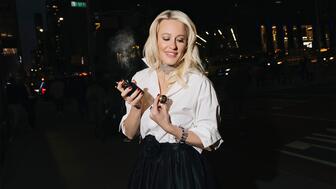
The eau de parfum is held in a fluted glass bottle that mirrors the decor of the brand’s atelier, and its cap is a nod to its “Sloan” ring.

Vivek Gadodia and Juan Kemp, who’ve been serving as interim co-CEOs since February, will continue to lead the diamond mining company.

In addition, a slate of new officers and trustees were appointed to the board.

Laurs is the editor-in-chief of Gem-A’s The Journal of Gemmology and an expert on the formation of colored gemstone deposits.

The man, who has a criminal history, is suspected of being the fourth member of the four-man crew that carried out the heist.
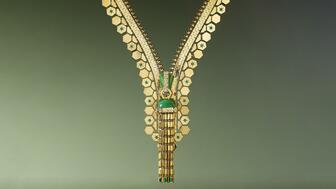
The single-owner collection includes one of the largest offerings of Verdura jewels ever to appear at auction, said Christie’s.

Michael Helfer has taken the reins, bringing together two historic Chicago jewelry names.

The guide features all-new platinum designs for the holiday season by brands like Harwell Godfrey, Ritani, and Suna.

During its Q3 call, CEO Efraim Grinberg discussed the deal to lower tariffs on Swiss-made watches, watch market trends, and more.
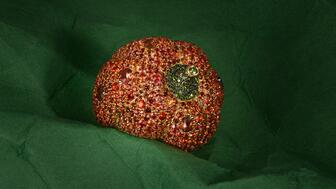
Rosior’s high jewelry cocktail ring with orange sapphires and green diamonds is the perfect Thanksgiving accessory.

The “Embrace Your True Colors” campaign features jewels with a vibrant color palette and poetry by Grammy-nominated artist Aja Monet.

Luxury veteran Alejandro Cuellar has stepped into the role at the Italian fine jewelry brand.











